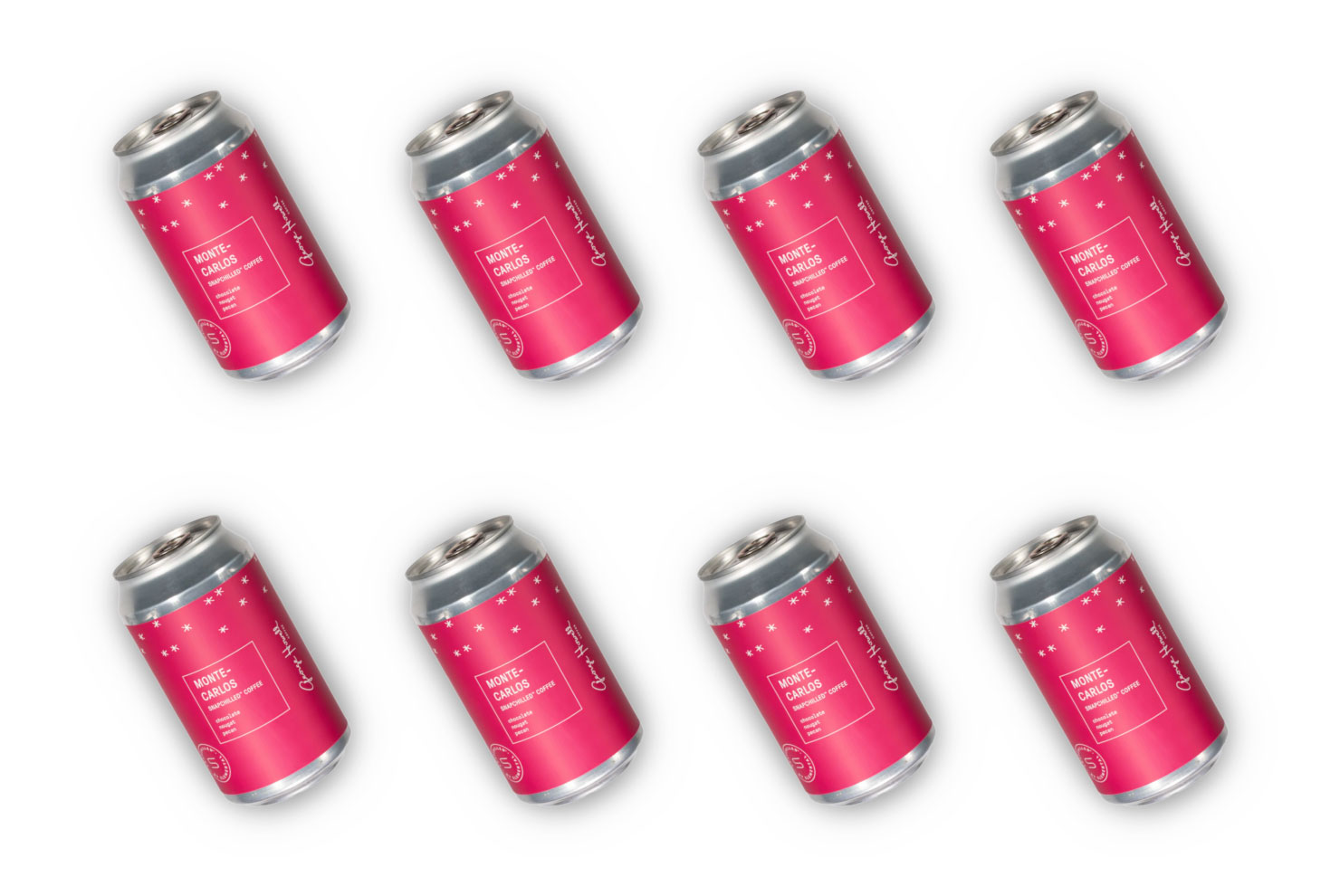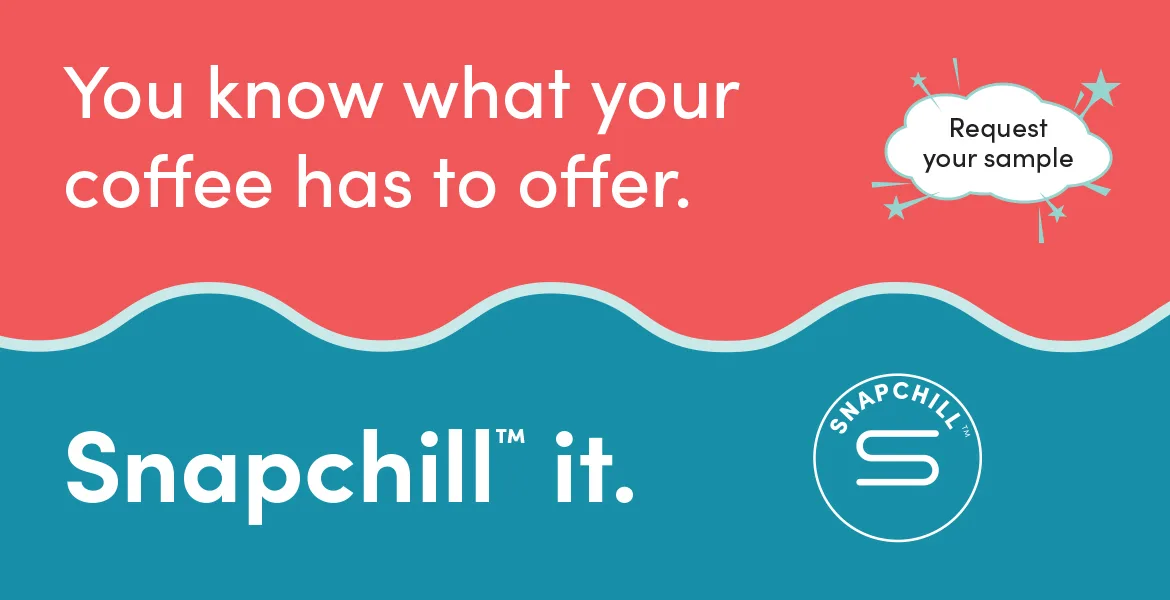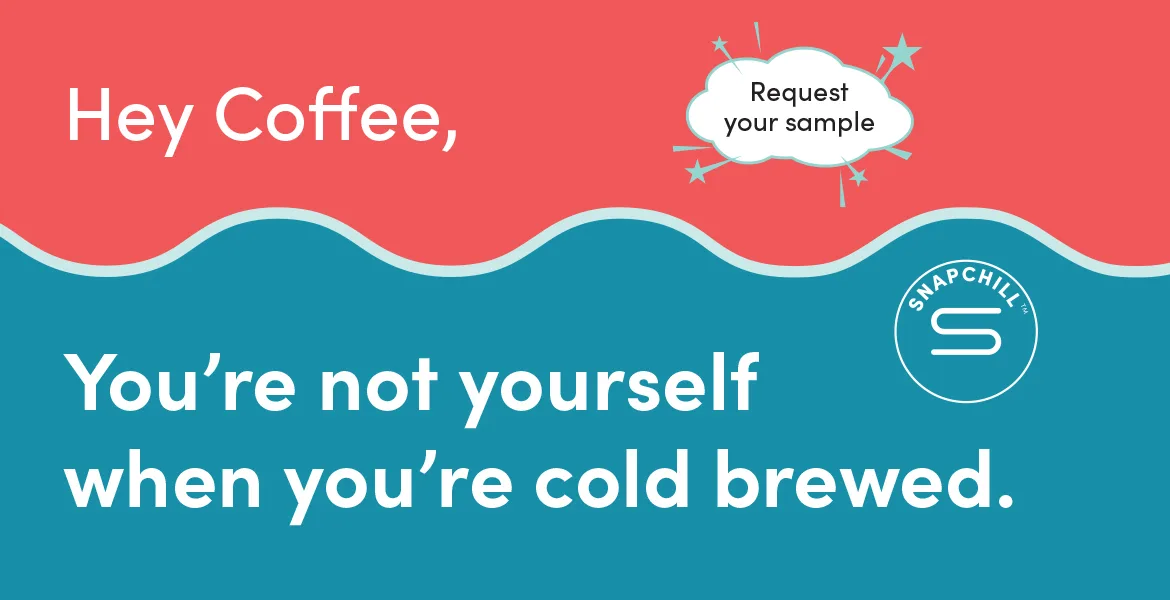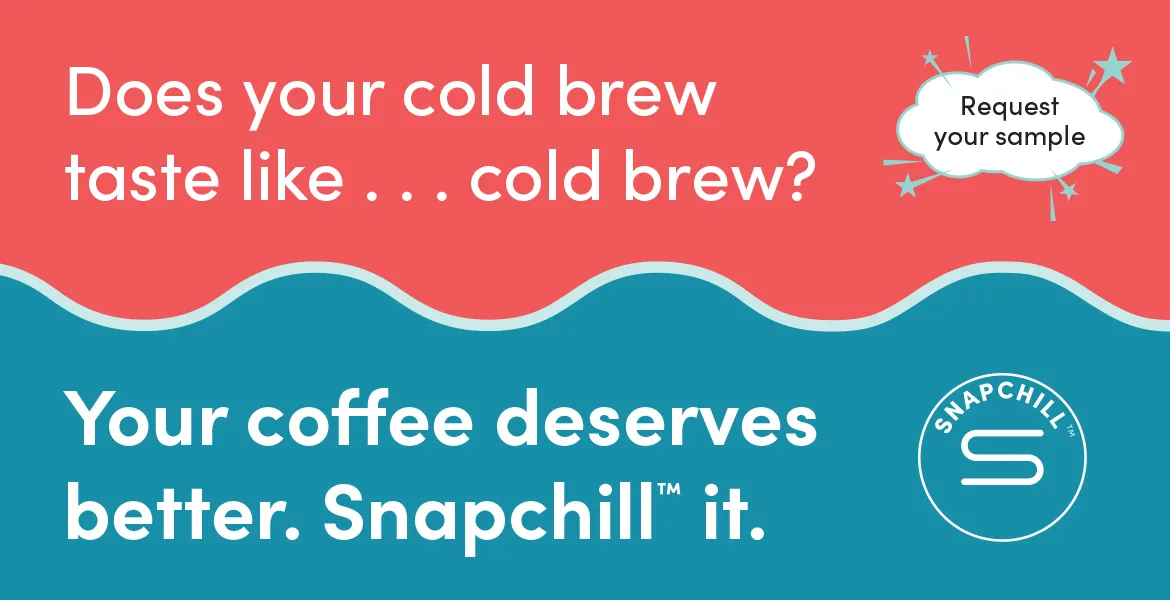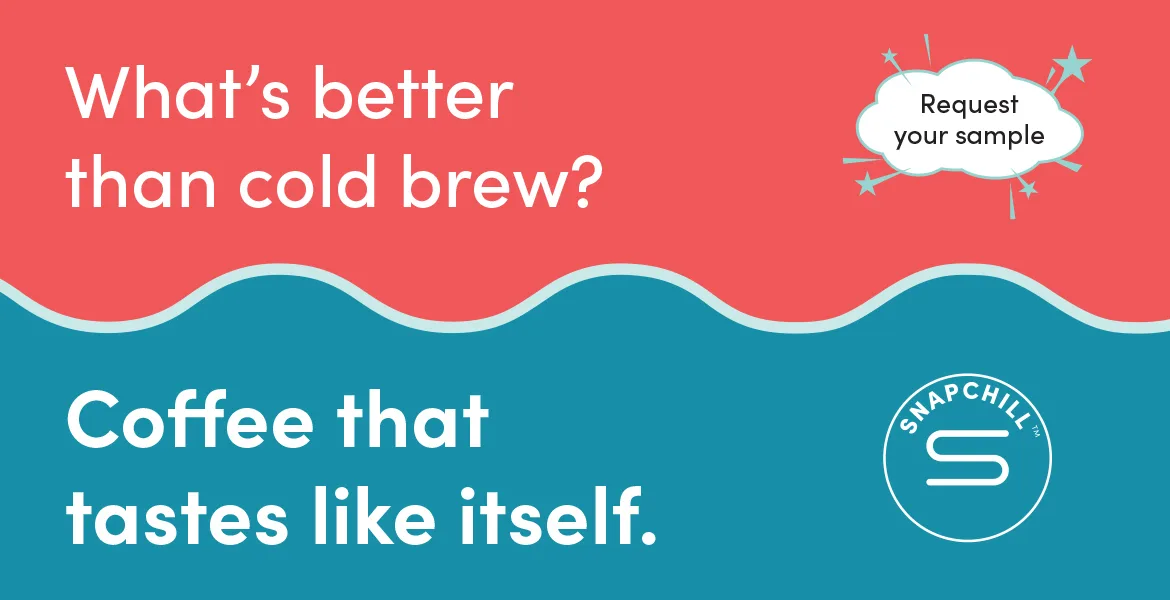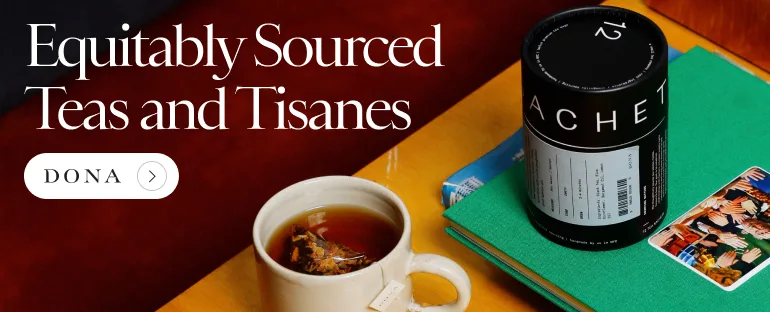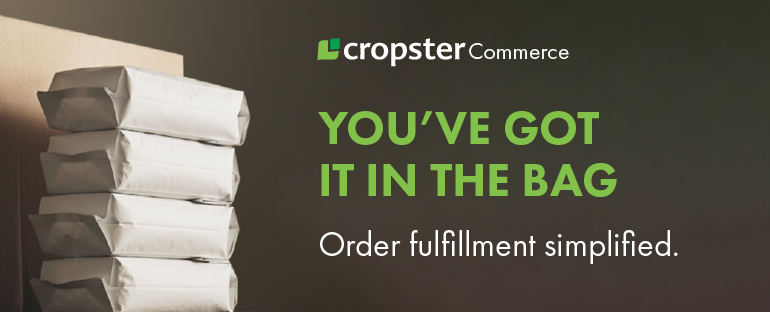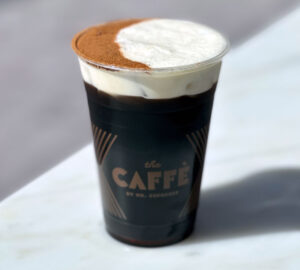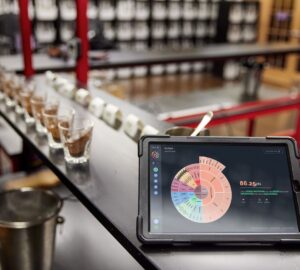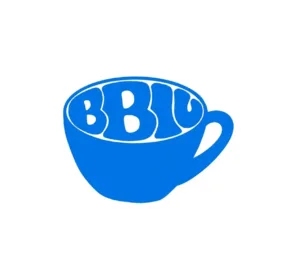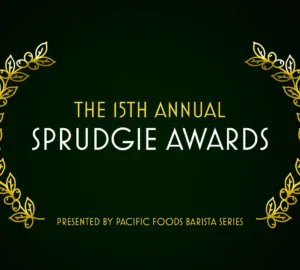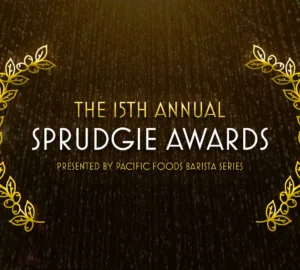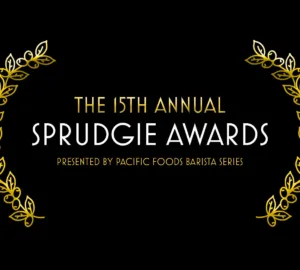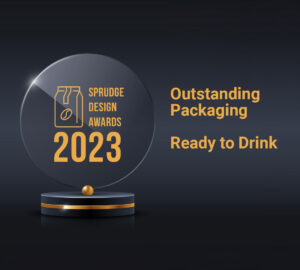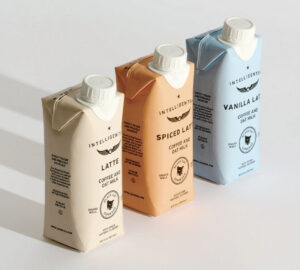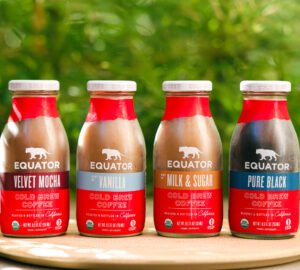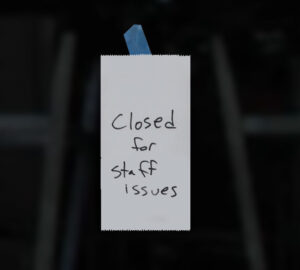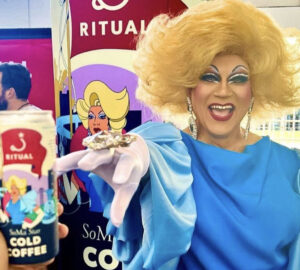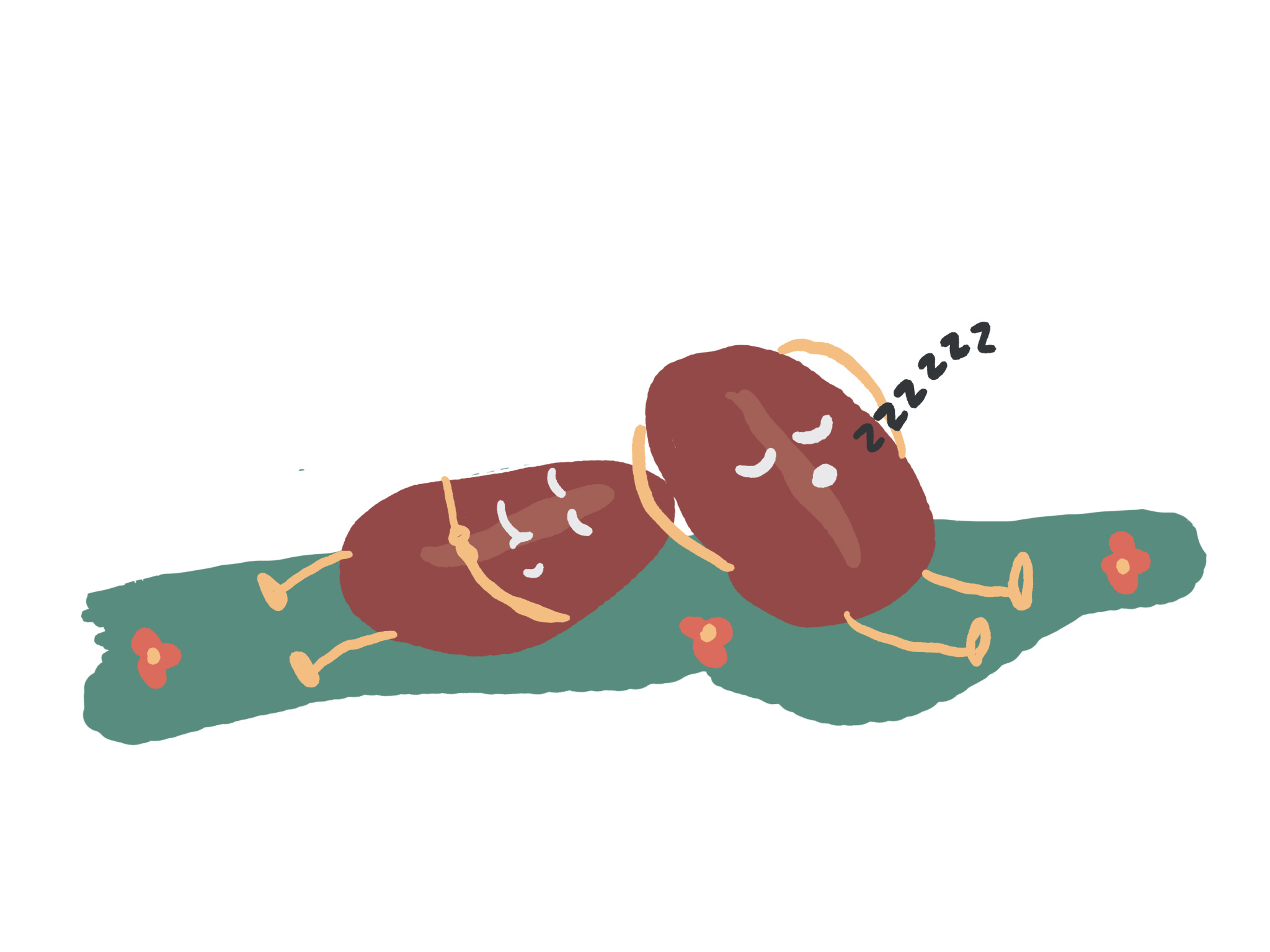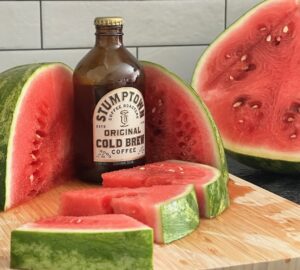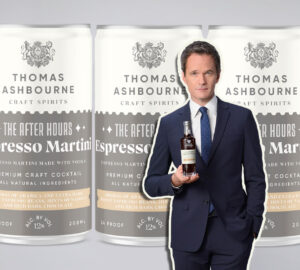George Howell wants cold coffee drinkers to embrace acidity. Balanced acidity.
The specialty coffee pioneer, the founder of The Coffee Connection and George Howell Coffee, believes that acidity is essential to honoring the meticulous care given to coffee—using that old adage, from seed to cup. When brewing a hot cup of coffee, achieving this balance of body, sweetness, and brightness is relatively easy. But when it comes to serving coffee cold?
George Howell has thoughts.
“What really got me angry with cold brew was the attack on acidity,” Howell tells Sprudge. We’re speaking with him via video call, alongside the company’s Director of Coffee Sourcing, Jenny Howell. “That was purely for one’s own benefit, and it was not at all for the benefit of coffee or farmers. Not at all. It was at the expense of them. Acidity is a key component to coffee.”
Howell lights up when he talks about the bright and effervescent qualities of a truly special cup of coffee. This has been his business since the Ford Administration, a singular lifelong goal for getting average coffee drinkers to truly think about and understand what it is they’re drinking. Long before The Coffee Connection, Howell was brewing French Press coffees at Howard Johnson hotel lobbies, teaching anyone who would listen about the complexities of fine coffees, all in the service of lifting coffee from a commodity to a delicacy. Howell sourced coffee with coffee legend Erna Knutsen early on and is a firm believer in the power of buying top-quality coffees. Howell invented the roast date. Howell is a longtime supporter of quality-focused programs like Cup of Excellence—and believes these initiatives improve not only the reverence and overall appreciation of specialty coffee but ultimately the livelihoods of those cultivating coffee.
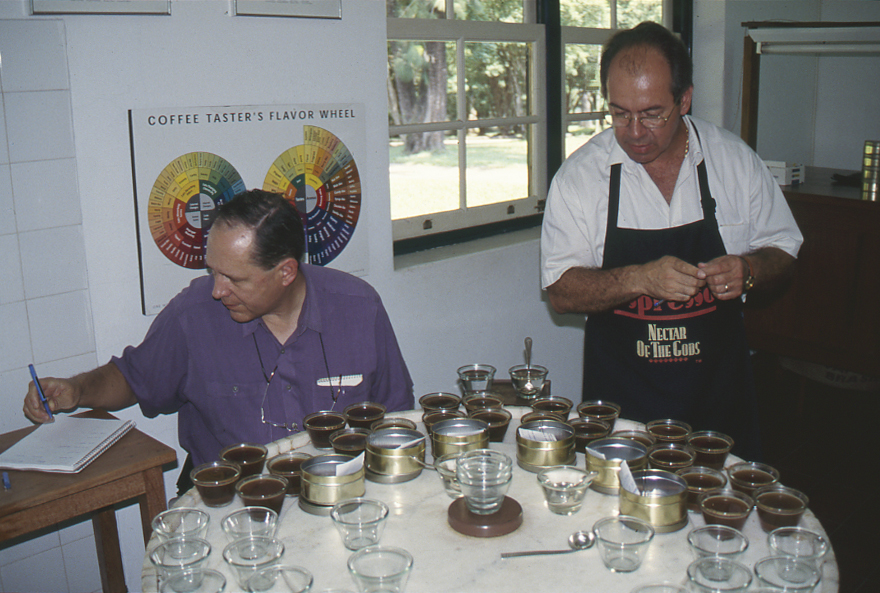
Cold coffee has been a growing obsession for coffee drinkers and coffee professionals alike in the last two decades. With the rise of cold brew becoming a ubiquitous household term and a billion-dollar niche in the coffee sector, Howell was early to speak out against the noticeable lack in the qualities he finds so important to the expressiveness of coffee: those lovely acids.
At a coffee conference in 2012, George Howell spoke of drinking cold brew coffee as if “it was like being in a dark room”. In our conversation for this story, Howell doubles down, “Genuine iced is just way superior. If you’re spending any money at all on the coffee, why would you do cold brew?”
A lot has changed in the last twelve years, and George Howell Coffee has come around to embracing cold coffees in all forms. One method in particular has inspired and encouraged Howell, and aligned with his lifelong pursuit of elevating the coffee experience for everyone. It’s a way to rapidly chill pour-over coffee, in a patented process called Snapchill.
Snapchill was developed by Michael Corrado and Dave Dussault in Massachusetts and has been slowly making a name for itself over the last few years across the country. At their initial meeting, Howell describes watching the founders brew coffee in a Bonavita, and then using their proprietary technology—”it looked like an air conditioner”—to flash-chill the product.
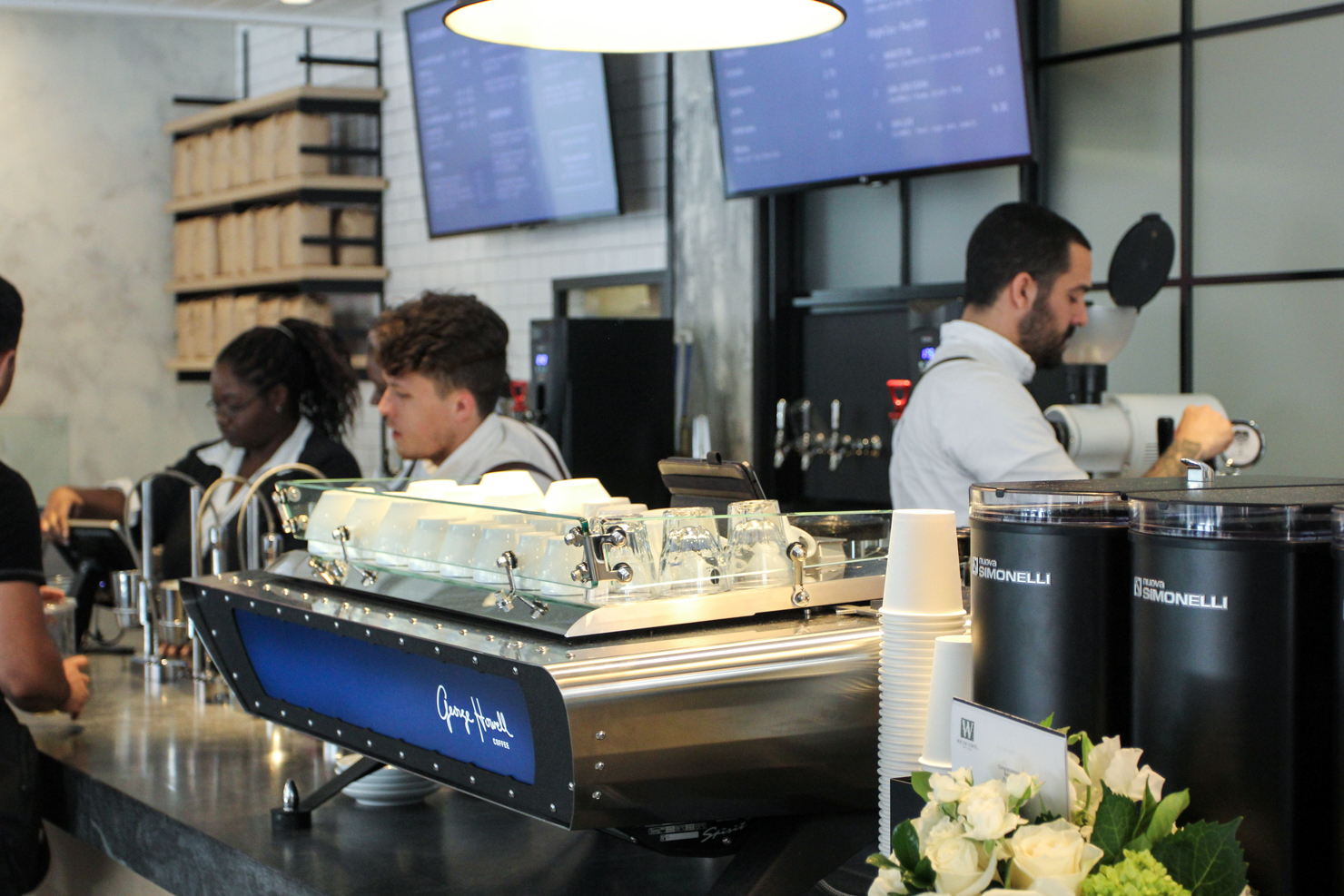
“They wanted me to test it out and I went over to their lab,” says Howell. “They made a perfect drip coffee and poured it through their machine and in a minute and 15 seconds, it was down to 38 degrees from 185, 195, and it was incredible. It blew my mind.”
In its early stages, Snapchill worked with Howell, using machines in their cafes to rapidly chill coffee for service. “We did sell a lot, but people are usually in a rush. They want their takeout and they don’t want to wait even a minute, which was sad,” Howell recalls. In later years, Snapchill took their technology and put it in ready-to-drink cans. “When the cans came around, wow, that was amazing,” Howell says. With the convenience of instant availability, the sales took off. They also credit the marketing of the product itself: “The cans are really beautiful. They were central in the cafes, so people really saw that.” In later years, Snapchill took their technology and put it in cans. Now, they work directly with roasters to create ready-to-drink canned beverages. George Howell Coffee now sells Snapchill Montecarlos blend in grocery stores around the Northeast, along with two offerings exclusive to their cafes.
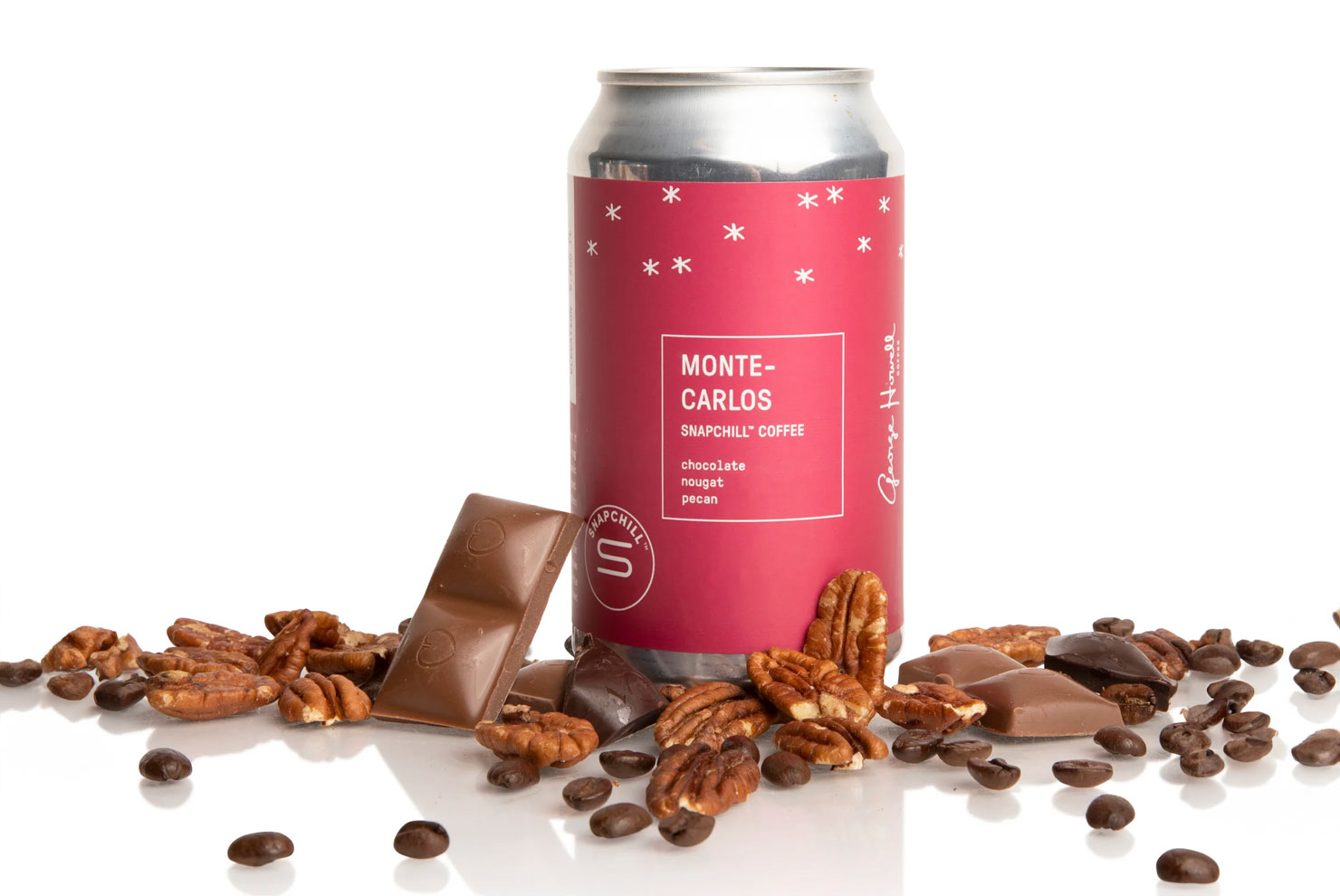
When asked about his favorite way of enjoying the Snapchill Montecarlos, Howell suggests adding a cube of ice or two, like a fine whiskey. “The can is pretty strong by itself. Like whiskey, where if you add an ice cube or two, it sweetens and opens up, the canned iced coffee will do that with an ice cube. So if you’re drinking out of the can, you don’t get that. But I have found that my favorite iced coffee, like the Ethiopians, the Kenyan, and so on, really do. They open up. You need to dilute it slightly and make it maybe a little bit colder, and it’s fantastic.”
For Howell, this process lets consumers enjoy the coffee with all its complexities, something that goes back to his mission of elevating the hard work of the farmer. “We can sell cold brew and all that,” says Howell, “but if you can taste the terroir, that’s good for the farmer. If somebody can really taste those Brazil naturals in iced coffee, that’s phenomenal.”
All in a life’s work for George Howell.
Ready To Drink is an exploration of the best, most beautiful, most delicious, and thought-provoking ready-to-drink coffee beverages worldwide. Presented by Snapchill.











